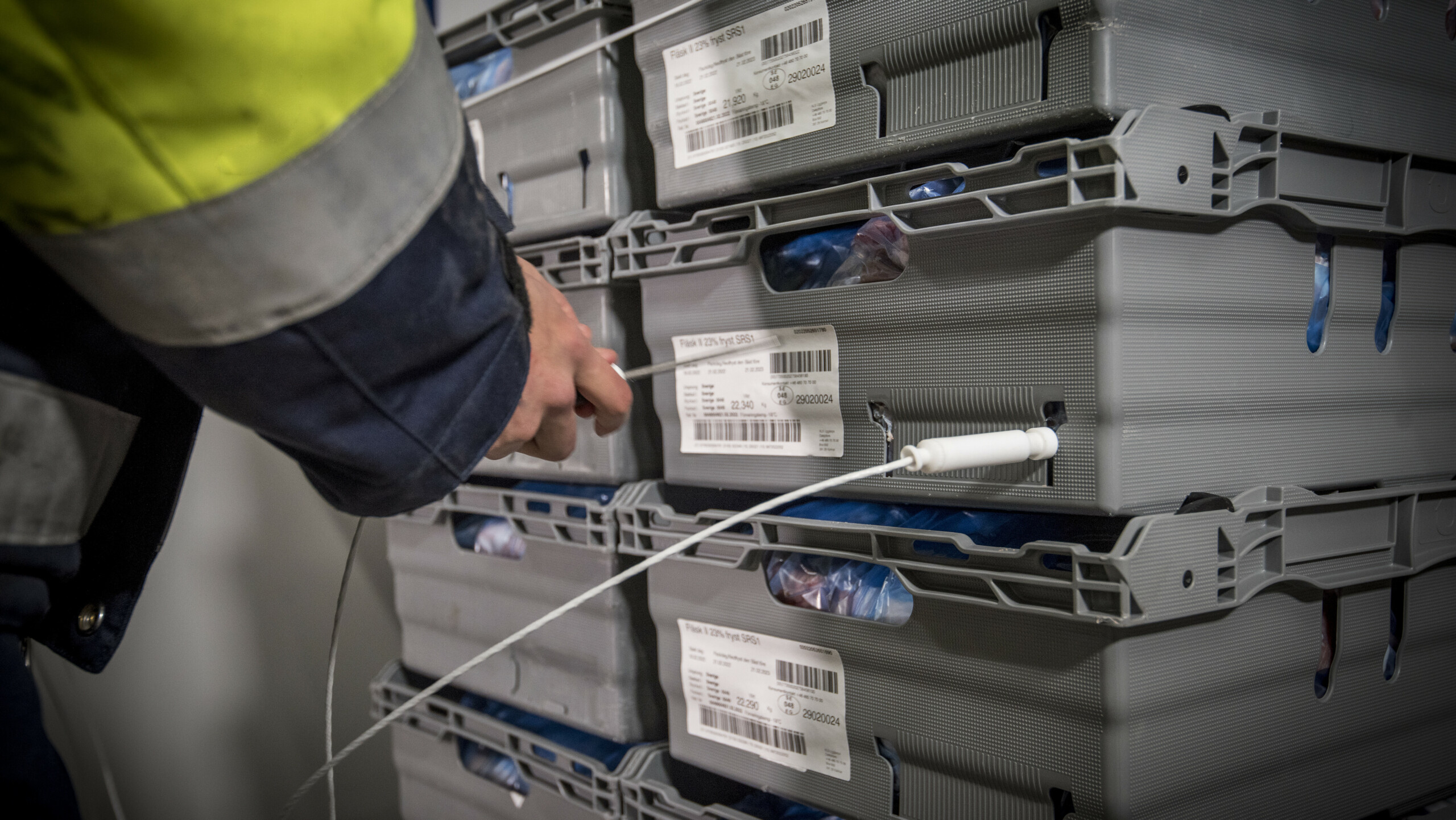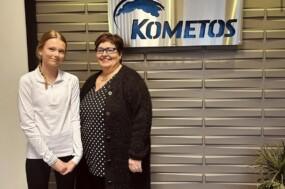
A tightly controlled cold chain guarantees high-quality food products
Hygienic processing at controlled temperatures is important for the quality and shelf life of foods within the multi-stage process that turns raw materials into products.
In cold chain, best results are yielded in temperatures below 4°C
The meat cold chain begins with the rapid cooling of the carcass at the slaughterhouse. The carcasses are delivered to the cutting room, where the meat is cut and packed for sale or to be used in meat products.
The cutting room temperature must be between 4°C and 12°C, and the temperature of the meat must not rise above 7°C. Temperatures below 4°C give the best results.
Naturally, the cold chain needs to remain unbroken during the logistics process. Refrigerated lorries are loaded from insulated loading bays, preferably with products that are slightly colder than the temperature inside the containers of the trucks.
Controlled cooling and freezing processes ensure quality
The next link in the cold chain can be, for example, a storage depot that freezes, stores, and supplies raw materials for processing plants, thawing the necessary amount to the right temperature before delivery. Processed products, such as sausages, are sliced and packed at low temperatures as well.
– Our customers include a German frozen food warehouse that specializes in logistics. The company’s core business is to store and thaw 330,000 pallets of frozen meat. It requires a great deal of know-how to thaw raw materials in a controlled manner that enables continuous monitoring, says Sales Manager Jukka Sairanen from Kometos. He is an expert in stiffening, freezing, and thawing systems.
Rises in temperature can decrease shelf life by one-third and reduce quality by half
A controlled process ensures clean raw materials with a good structure.
Kometos specializes in the different stages of the cold chain, from equipment materials to process management optimization for production plants. The main material is stainless steel, and the ST element manufactured by Kometos complies with the humidity and hygiene requirements for the food industry.
In addition to installation and user training, the deliveries include maintenance and spare parts.

Food industry freezing solutions and cold chain temperatures have a direct effect on shelf life
With a few exceptions, all EU countries have almost identical food industry legislation. To enhance quality, some sectors – such as the Finnish poultry sector, from poultry breeders to industrial companies – have mutually agreed on guidelines and procedures that exceed the legal requirements.
Marjatta Rahkio, Group Director of Food Hygiene Services, from the Finnish Meat Research Institute, explains the effect temperatures have on the products’ shelf life:
Some meat products will keep for three weeks at 7°C. If the temperature rises radically to 12°C, product preservability decreases by one-third. This means that their shelf lives shorten from three to two weeks.
Intelligent packages enable monitoring every step of the cold chain
Large international chains already use what are known as intelligent packages, which enable the monitoring of the cold chain all the way to the refrigerators in people’s homes.
Intelligent packing technology is based on, for example, a combination of enzymatic reactions and color codes that indicate any unacceptable temperature rises to consumers.
While intelligent packages can indicate the temperature, they don’t replace the cold chain technology – efficient cooling and cold storage technology is still needed for a properly controlled cold chain.
💡 How to reduce drip losses? Alongside freezing and efficient cold chain, thawing is another critical step in food production. Kometos thawing equipment keeps the defrost losses as low as 1% of the weight of the product. Learn more here.






